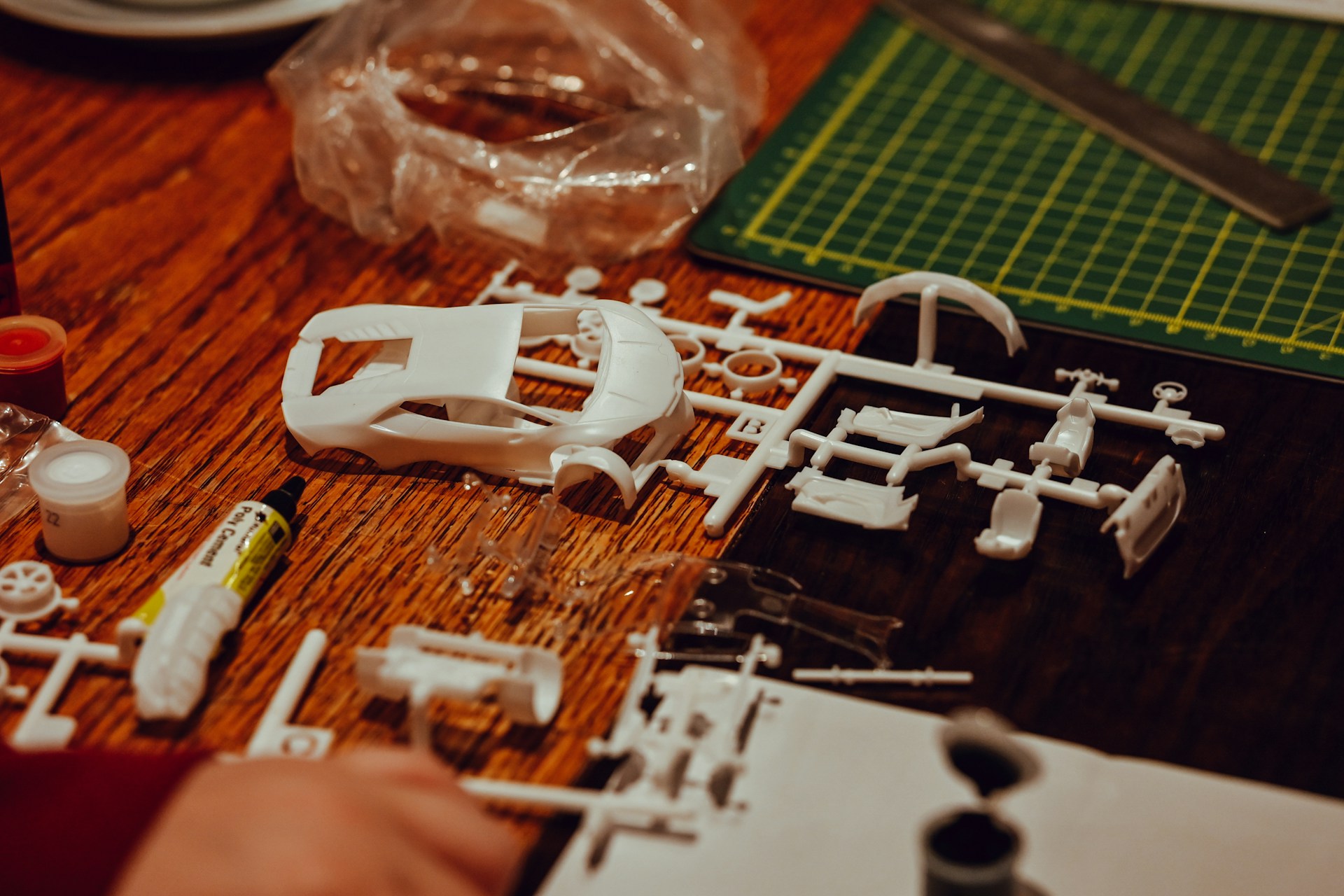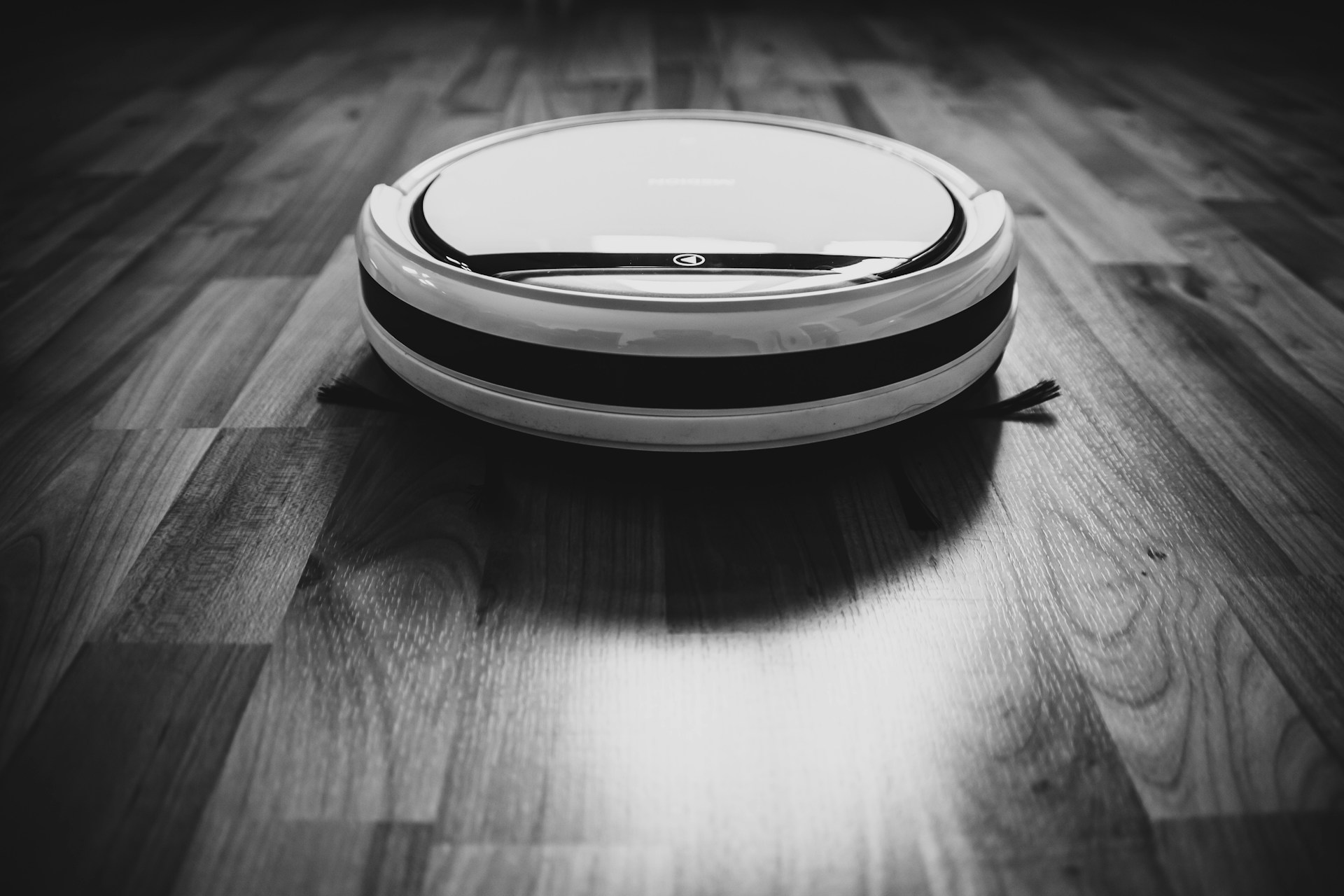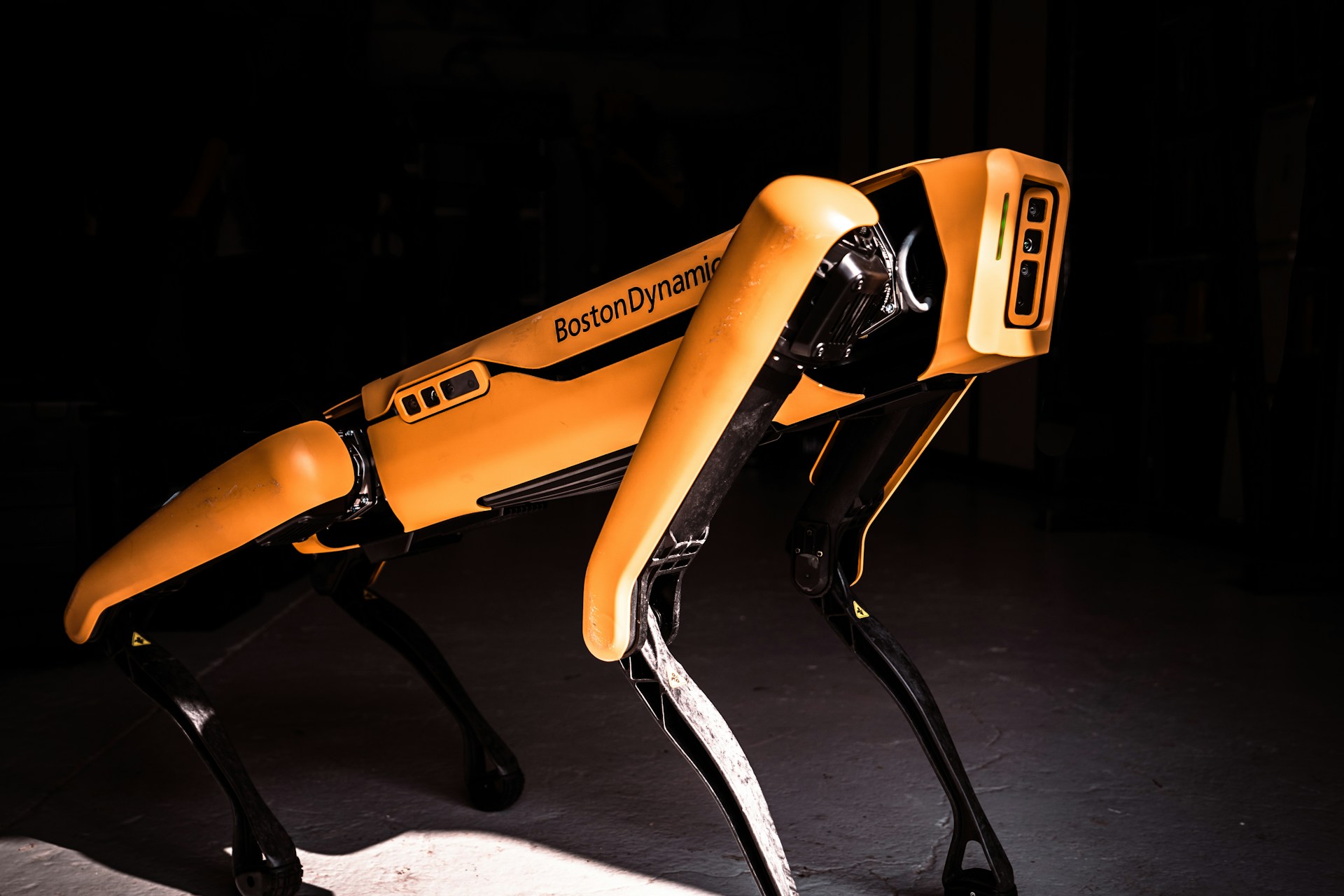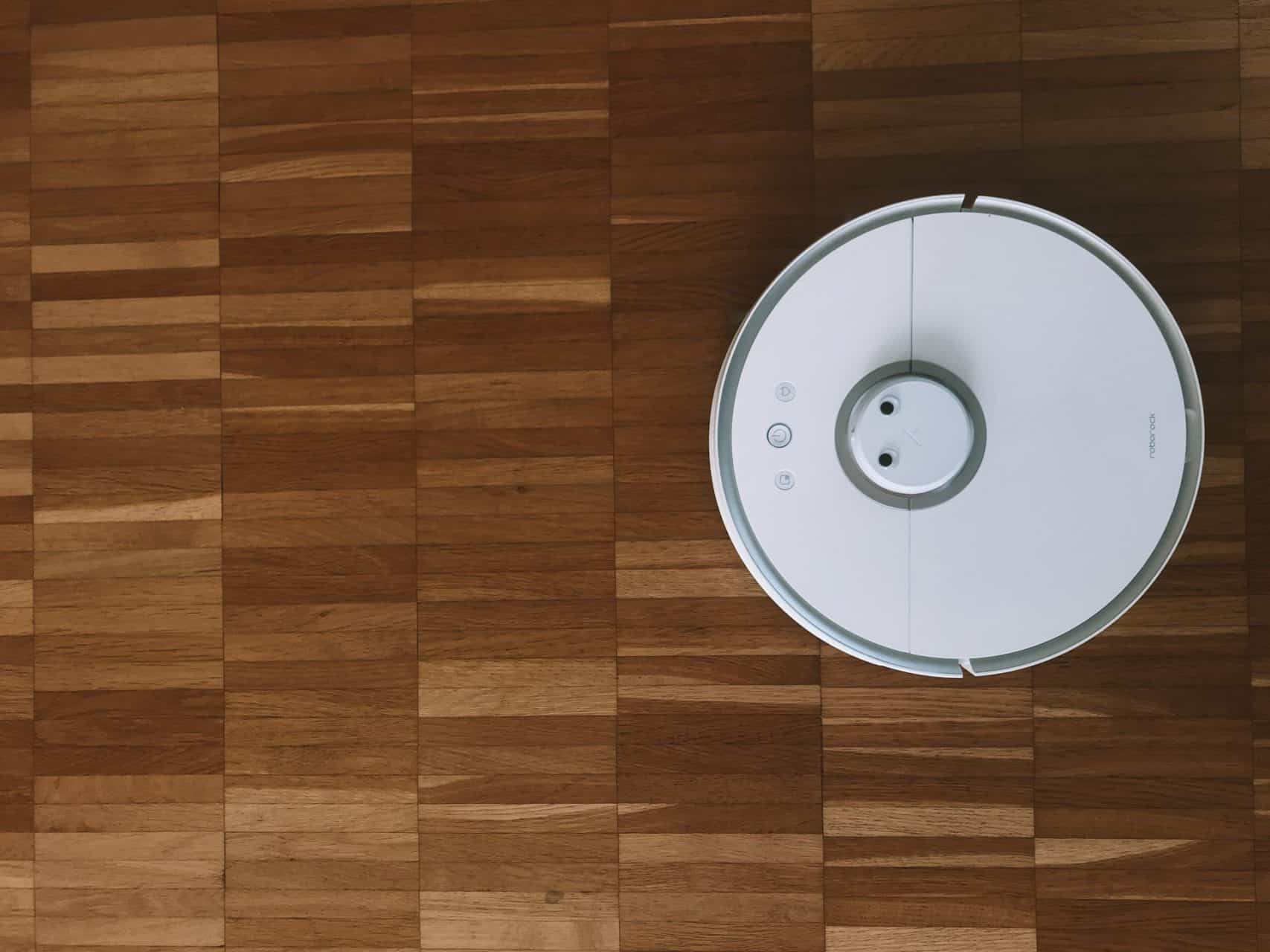
Sensors in Robotics: Recent Advancements to Know
April 18, 2023 - Ellie Gabel
Revolutionized is reader-supported. When you buy through links on our site, we may earn an affiliate commission. Learn more here.
Researchers are continually interested in pushing the boundaries of what’s possible for sensors in robotics. Well-utilized sensors can help the machines grip items without breaking them, interact with the environment in new ways and much more.
Whether you’re a robot enthusiast, studying for a robotics career or already a professional in the industry, it’s always good to stay abreast of developments that have recently happened and could change or improve what sensors allow robots to do. Here are some compelling examples of recent progress.
A Microrobotic Finger Allows Direct Human-Insect Interactions
Advancements in microrobotics have substantially altered how and what people can learn from insects. For example, a microrobot might interact with an insect and gather information that tells humans about force exerted while flying or walking. That’s certainly a great start. However, researchers from Japan’s Ritsumeikan University took things even further.
They created a soft microrobotic finger that lets humans directly interact with insects safely. A person involved with the study explained that the development involved using a liquid metal flexible strain sensor. The microfinger also has a soft pneumatic balloon actuator that allows people to control it, enabling movement resembling that of human fingers. A person must wear a robotic glove to move the finger.
The team tested their creation by using it to learn about a pill bug’s reaction force. They found it was approximately 10 millinewtons, aligning with estimations made without the microrobotic finger. This result was notable because it was the first time scientists could take direct measurements — all thanks to the robotic finger.
Those involved with this project believe their achievement could cause dramatic improvements in how people can study insects or other tiny objects. They also explained the potential applications for augmented reality, such as allowing people to interact with the environment on the microscale.
A Robotic Dragonfly Senses Environmental Disturbances With Hydrogel
One of the primary things robot designers must determine is how to choose the appropriate sensors in robotics. The answer mainly depends on what kind of data people need to collect with a robot. Sensors can measure light and sound, detect pressure and tilt and much more. However, sensors can span beyond the electronics types most people expect and envision.
Such was the case with a Duke University creation called the DraBot. It’s a robotic dragonfly that requires no electronics to function yet uses a hydrogel to act as an autonomous environmental sensor. It measures changes in pH levels or temperature, plus detects oil.
Some might say this progress started in 2012, with the development of the hydrogel. It reacts to pH changes in seconds. However, it wasn’t until nearly a decade later that the researchers investigated using the hydrogel on a robot as a sensor. The dragonfly-shaped creation has interior microchannels made with soft lithography. The channels let people depend on air pressure to control it. The researchers made the body by pouring silicon into an aluminum mold and baking it.
The hydrogel sensor causes the robot to show visible changes in response to certain environmental conditions. For example, when water’s pH level changes, one of the robot’s front wings fuses with the back one, causing it to spin. However, the robot’s flying normalizes as the pH level does. The researchers also put sponges doped with temperature-sensitive materials under the robot’s wings. Those sponges change colors after touching oil. Finally, the robot’s wings change color in response to overly warm water.
These are fascinating examples of how sensors in robotics can become seamlessly integrated into a design. That’s even possible in a robot that doesn’t use electronics to work, as this case shows.
A Robotic Finger’s Tactile Sensors Can Detect Buried Items
Many people who study and develop sensors in robotics are particularly interested in options that help machines gather information about the world that might be dangerous or difficult for humans to get without that tech help. That’s why researchers at MIT built a robotic finger with tactile sensors that can find submerged objects.
The researchers tested the robot with granular materials, such as sand and grains of rice. Once tasked with those assignments, the machine could correctly identify the shape of buried items it encountered.
This application of sensors in robotics is starkly different from other methods of finding submerged objects. They usually rely on technologies such as radar and ultrasonic vibrations, but do so from above the ground. Plus, those options fall short with differentiation and might have trouble telling people if an object is rock versus bone.
In their previous work, the team used a tactile sensor called GelSight. It featured a clear gel covered by a reflective membrane that changed its form as objects pressed against it. To the rear of the membrane were a camera and three colors of LED lights. The lights shined through the gel and onto the membrane, and the camera took data about the membrane’s reflection pattern. Finally, computer vision algorithms detected the shape of the object’s area where the finger touched it.
However, the researchers altered the GelSight sensor for this project. They removed most of the LED lights in favor of blue LEDs and colored fluorescent paint. They also trimmed the sensor, making it cylindrical with a beveled tip. Those changes resulted in a sensor size of about 2 square centimeters — similar to a fingertip. The researchers believe people could eventually use their robot finger to disarm bombs or find buried cables.
Improved Sensors in Robotics Open Possibilities
Even though robots have been around for a while, there’s seemingly no limit to what they can do when humans apply their brainpower and innovative perspectives to new projects. These three examples highlight the importance of sensors in robotics, too.
When people break new ground with sensors used for robots, they simultaneously create new ways to use the machines in ways many others never thought of or considered impossible. Such progress is essential for the continued success of robotic technologies. In addition to keeping the robotics industry robust, these new applications will inspire people currently studying in the field or considering entering it. They’ll then have excellent examples to follow as they pursue work in their own right.
Revolutionized is reader-supported. When you buy through links on our site, we may earn an affiliate commission. Learn more here.
Author
Ellie Gabel
Ellie Gabel is a science writer specializing in astronomy and environmental science and is the Associate Editor of Revolutionized. Ellie's love of science stems from reading Richard Dawkins books and her favorite science magazines as a child, where she fell in love with the experiments included in each edition.






